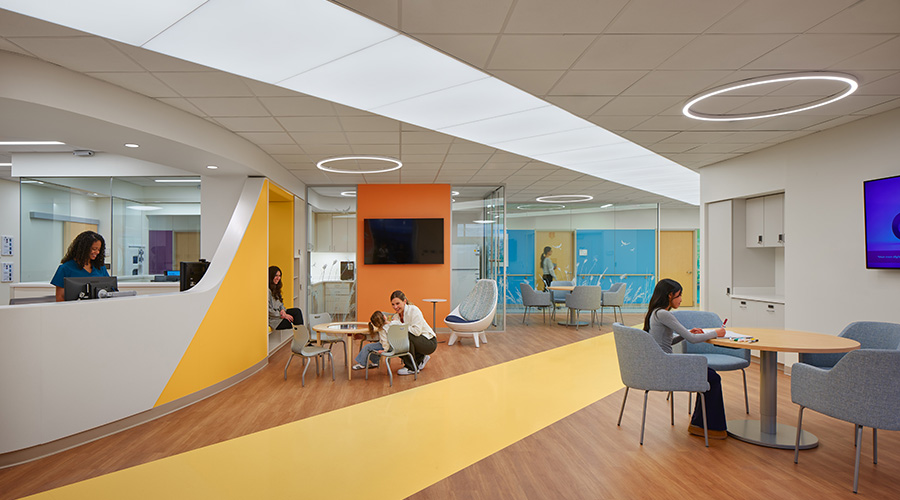ART MEDICAL, a medical device company that specializes in nutrition-based intensive care unit (ICU) technology, today announced the publication of an article that outlines the limitations of current ICU nutrition methods and provides insights into cutting-edge technologies that may advance this critical component of patient care into the 21st Century. Pierre Singer, Professor of Anesthesia and Intensive Care, Sackler School of Medicine, Tel Aviv University, and ART MEDICAL CEO, Liron Elia, co-authored the article, which appears in the current issue of ICU Management & Practice Journal.
Recent studies suggest that nutritional guidelines across the majority of intensive care units are not being implemented. Current approaches to determining feeding goals don’t measure a patient’s energy expenditure and, as a result, 60 percent of patients receive inaccurate nutrition targets. Approximately 75 percent of ICU patients received less than 80 percent of target nutrition on the first days.1 These findings likely underestimate the challenge of maintaining proper nutrition in ICU patients, as most ICUs perform nutrition audits only one day each year.1
“One of the key obstacles to effectively implementing nutritional guidelines and preventing malnutrition is the lack of innovative technology to support critical care physicians,” said Prof. Singer. “Most ICUs are not equipped with computerized information systems to continuously calculate a patient’s energy balance, account for time lost by stopping feeding, and compensate for nutritional losses. The lack of accurate, real-time data about a patient’s feeding status and nutritional needs may increase the risk of morbidity and mortality.”
As described in the new publication, medical nutrition therapy can be improved with ICU feeding technology that:
- optimizes patient feeding through real-time reflux detection and prevention
- measures energy expenditure and personalizes feeding formula
- monitors enteral feeding delivery
- calculates and monitors supplement nutrition
- automates communication between ICU and post-ICU discharge units
“Major risks and in-hospital complications are inter-connected in ICU patients, none of which are addressed sufficiently with the current standard of care,” said Liron. “There is need for a personalized nutrition-based ICU system that verifies the tube position and captures a patient’s energy consumption in real-time, per the new guidelines, that correlates with changes in patient’s status and continuously assesses patient’s nutritional needs.”
The next generation of ICU feeding technology will further explore artificial intelligence and prediction algorithms to provide options for adjusting nutritional plans accordingly.
 Contaminants Under Foot: A Closer Look at Patient Room Floors
Contaminants Under Foot: A Closer Look at Patient Room Floors Power Outages Largely Driven by Extreme Weather Events
Power Outages Largely Driven by Extreme Weather Events Nemours Children's Health Opens New Moseley Foundation Institute Hospital
Nemours Children's Health Opens New Moseley Foundation Institute Hospital Code Compliance Isn't Enough for Healthcare Resilience
Code Compliance Isn't Enough for Healthcare Resilience Ribbon Cutting Marks First Phase Completion for New Montefiore Einstein Facility
Ribbon Cutting Marks First Phase Completion for New Montefiore Einstein Facility